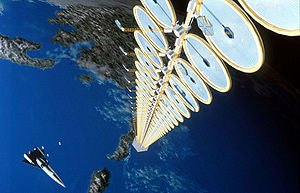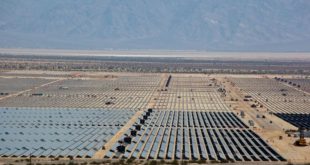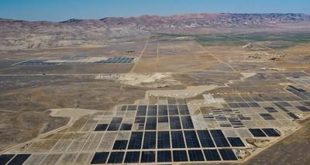
Solar panels, also referred to as photovoltaic panels, transform light into electrical energy. When the Sun’s radiation reaches the panel, electrons get energized and commence to move. Vibrating electrons develop an electrical current and that’s what we call electrical energy.
Certainly one of probably the most crucial variables of capturing the maximum amount of light besides the top quality of the solar cells being utilized is certainly the angle at which light approaches the solar panel. Suitable positioning tends to make a massive difference in just how much electrical energy they wind up creating. Some set ups have motors that rotate the panels all throughout the day so the sun usually shines straight on them. If rotating panels are not achievable as a result of the area of the mount then it truly is needed to create a stationary installation. In this case, cautious assessment should be made to position the panels in a location where they’ll receive an optimal amount of sunshine throughout the course of the day.
Most of what we’ve discussed up until now, like the fundamentals on how solar panels work, you probably currently know but what you might not know is the fact that even though we currently use solar panels for sale to transform sunshine into electrical energy on earth there are presently projects in place to capture sunshine from outer space.
NASA has been exploring a strategy to radically enhance the solar energy we can gather and store by launching solar panels into orbit and beaming power back to Earth. There is not currently a true world prototype though.
It really is expensive and difficult to keep an orbiting panel oriented toward the sun, and scientists still must find a dependable and wireless – strategy to transmit electrical energy from space to the ground but scientist are still working on a strategy to direct space based solar energy to the ground for everyday use.
Wherever there is sunshine (even in space just before it gets to Earth) solar energy could be harnessed to produce electrical energy. The sun supplies about a thousand times more energy than the planet needs however solar technologies currently produce only about 1% of the worlds energy. This gap exists simply because sunshine is inconsistent and simply because it takes significant space to harness valuable amounts of power.
Regardless of these challenges, solar energy has enormous potential and is the fastest growing power generation technology in the planet, projected to boost 30 fold over the next 25 years. There are other sources of renewable energy being explored such as Hojo motors, biomass, nuclear etc. but solar has proven to be the most promising.
 Alternative Energy HQ solar power for homes, wind energy, and bio fuel issues
Alternative Energy HQ solar power for homes, wind energy, and bio fuel issues



 IKEA to install 4,000 solar panels across roof of Charlotte store
IKEA to install 4,000 solar panels across roof of Charlotte store






